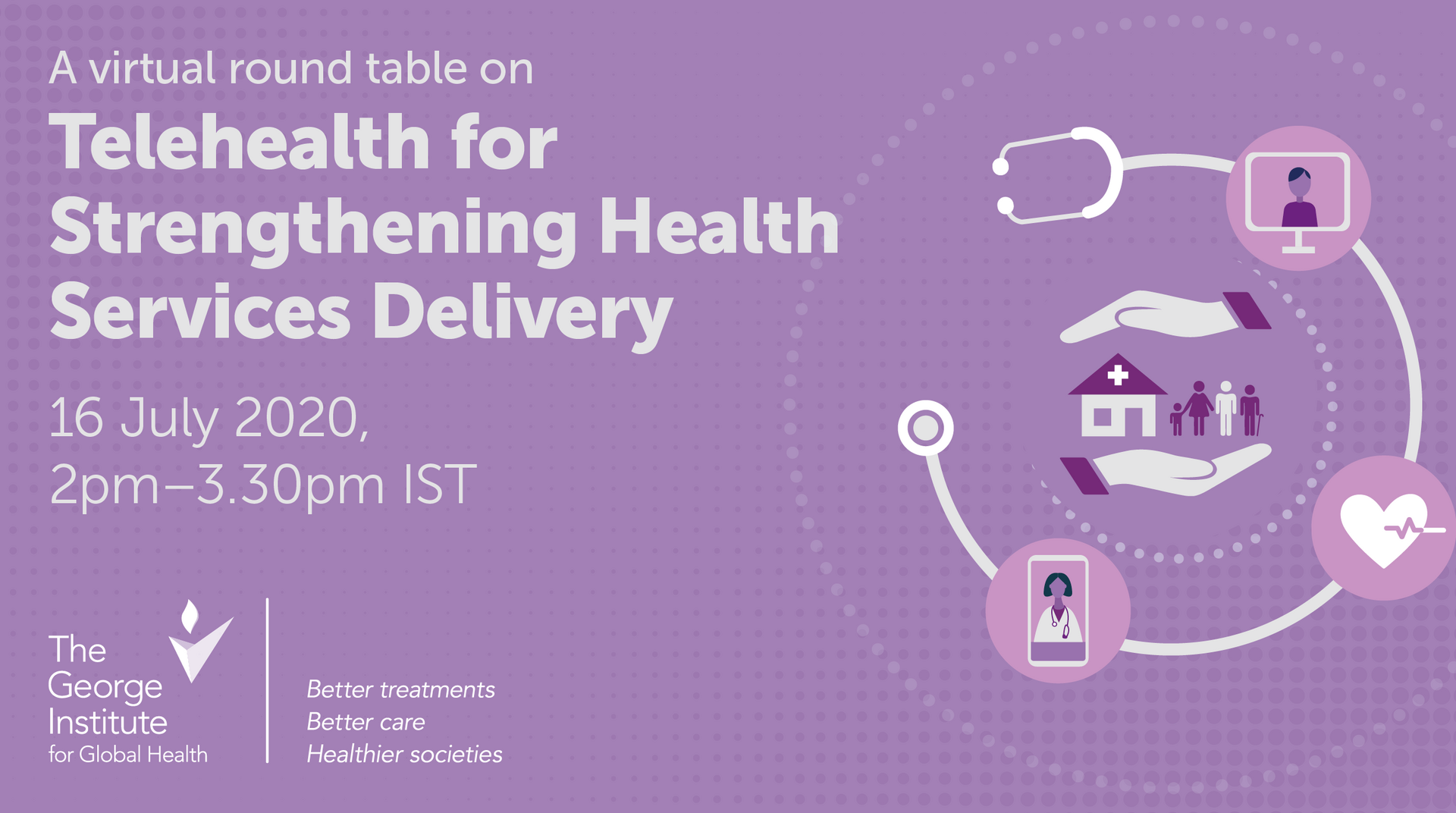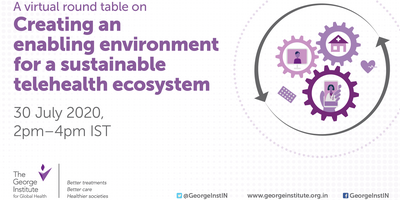With so many Australians consuming food served at publicly-funded institutions - like schools, workplaces and hospitals - on a daily basis, these facilities are well placed to influence healthy eating through good nutrition policy.
But George Institute research has found that inconsistencies in the design of such policies, a lack of accountability mechanisms, and jurisdictional differences across states and territories could be undermining their effectiveness.
Lead author and PhD Candidate at The Institute, Emalie Rosewarne said that with unhealthy diets being a leading cause of cardiovascular disease, diabetes and some cancers, it was important to support better choices by creating a healthier food environment.
“One strategy is putting in place consistent evidence-based nutrition standards in public facilities, such as schools, workplaces and health facilities, that apply to all foods and drinks procured, prepared and/or provided by these facilities,” she said.
“However, poor compliance in implementing policies in schools and health facilities has previously been a major concern and has likely hindered their potential impact in Australia,” Emalie added.
George Institute researchers analysed 27 nutrition policies across eight states and territories: seven in hospitals or health facilities, eight in public schools, eight in workplaces and four in other public settings (e.g. sport and recreation centres).
The key aims of this analysis were:
- to compare the design and components of government-led nutrition policies in public facilities in Australia between states/territories;
- to determine gaps in existing policies, and
- to assess the potential for developing stronger, more comprehensive policies.
Just over half the identified policies were mandatory and were mostly in schools and hospitals. Almost all included nutrient criteria and guidelines for catering, fundraising and advertising. Over three quarters had tools or guides to support implementation, but only 12 had tools and timelines for monitoring and evaluation.
“We know accountability mechanisms are key to successful policy implementation and so the lack of accountability mechanisms here highlights a crucial area for policy improvement,” said Emalie.
All nutrition standards were based on the Australian Dietary Guidelines classification of core and discretionary foods and all were nutrient based, but different approaches were taken across the policies in different types of organisation and between states and territories.
Some had an “in/out” approach such as a ban on sugary drinks, and some a “choose most/least” approach” such as minimum 50 percent green foods, and composite scores e.g. Health Star Rating >3.5.
Despite the large number of food categories covered by policies in many jurisdictions, few were consistently included across all policies.
“This can be challenging for organisations themselves when trying to apply the standards to creating and amending menus, but also creates an uneven playing field for manufacturers and suppliers to these organisations,” Emalie added.
“Our study has identified that there are opportunities to improve policy design to facilitate effective implementation of nutrition policies in public facilities.”













